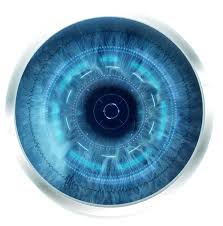This paper presents and analyzes the results of our second participation in the CLEF-QA task. At this moment, miraQA, is based on a standard pipeline ar- chitecture and uses only shallow linguistic analysis. In contrast, we have added semantic resources for NE recognition. The approach and tools differ from our last year participation[2] but we aim to combine both of them in a near future. In Section 2 we present the system and the tools that have been used. Re- sults are outlined in Section 3 with a detailed analysis of the errors and the modules that originate them. Section 4 presents some conclusions and future
improvements.
Ana Gonzalez Ledesma ©. All rights reserved.

Add Comment